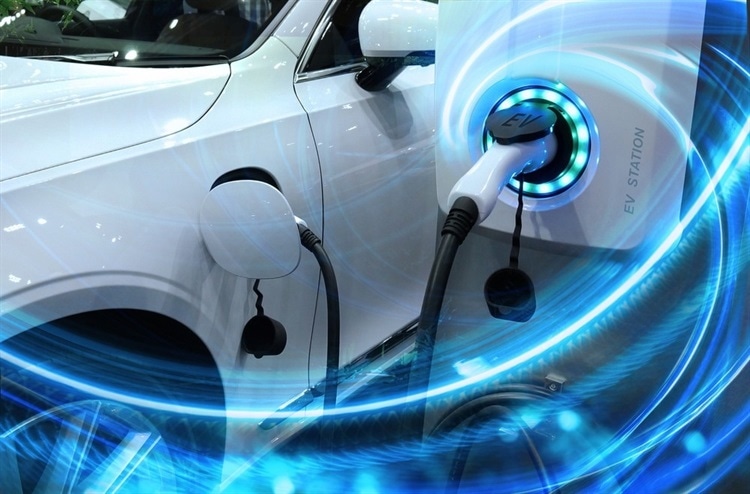
Image Credit: buffaloboy/Shutterstock.com
Speeding up the charging procedure, however, can harm the battery and shorten its life. Now, according to scientists, fast charging techniques have been developed that can safely charge several types of electric vehicle batteries in 10 minutes or less.
The researchers presented their findings on August 22nd, 2022 at the American Chemical Society’s fall meeting (ACS). ACS Fall 2022 is a hybrid conference that will be held online and in person from August 21–25, 2022, with on-demand access available from August 26–September 9, 2022. Nearly 11,000 sessions covering a wide range of science subjects are included in the meeting.
Fast charging is the key to increasing consumer confidence and overall adoption of electric vehicles. It would allow vehicle charging to be very similar to filling up at a gas station.
Eric Dufek, Department Manager, Energy Storage and Electric Vehicle Department, Idaho National Laboratory
A step in this direction might enable the United States to meet President Biden’s target of having half of all new cars sold be hybrid or electric by 2030.
It takes careful balancing to charge the lithium-ion batteries that power electric vehicles. To return to the highway as soon as possible, drivers would prefer to power up as quickly as possible, yet with existing technology; doing so could result in harm.
During the charging process of a lithium-ion battery, lithium ions move from the cathode to the anode of the battery.
The battery is charged more quickly by accelerating the movement of the lithium ions, but occasionally the lithium ions do not even make it to the anode. In this circumstance, lithium metal can accumulate and lead to an early battery failure.
It could also cause the cathode to wear and crack. All of these problems will shorten the battery’s lifespan and the vehicle’s effective range, with expensive and annoying effects for drivers.
Adapting the charging protocol in a way that maximizes speed while preventing damage to the different types of battery designs currently used in vehicles is one option to solve this problem.
However, to create the best protocols, a ton of data must be collected on how different approaches affect the longevity, effectiveness, and safety of these devices. Another important factor is whether it is practical to use a certain charging protocol with the infrastructure of the current electric grid, given the design and condition of the batteries.
Dufek and his research group at Idaho National Laboratory have just published a study on the application of machine learning methods that integrate charging data to develop innovative charging protocols.
The scientists trained the machine learning algorithm to estimate lifespan and the ways that different designs will eventually fail by feeding it data about the state of many lithium-ion batteries during their charging and discharging cycles. The group then used that information to refine their study to find and test new techniques on actual batteries.
Dufek added, “We have significantly increased the amount of energy that can go into a battery cell in a short amount of time. Currently, we are seeing batteries charge to over 90% in 10 minutes without lithium plating or cathode cracking.”
Compared to existing techniques, which can only, at best, fully charge an electric vehicle in around 30 minutes, going from a practically dead battery to one at 90% power in under 10 minutes is a huge improvement.
Even though many researchers are exploring ways to accomplish this kind of super-fast charging, Dufek claims that one benefit of their machine learning approach is that it links the protocols to the physics of what actually occurs in a battery.
The model will be used by the researchers to create even better procedures and assist in the creation of new lithium-ion batteries that are prepared for rapid charging. The ultimate objective, according to Dufek, is for electric vehicles to be able to “tell” charging stations how to swiftly and safely charge up their unique batteries.
The Vehicle Technologies Office of the US Department of Energy has provided support and financing to the researchers.